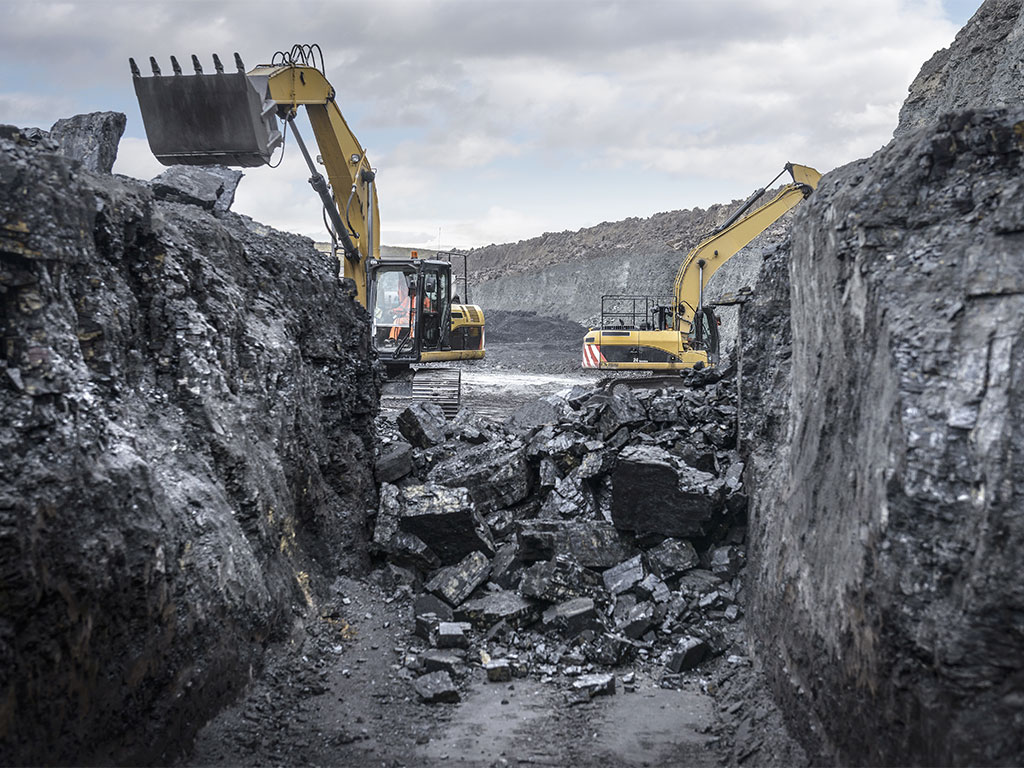Peabody files for Chapter 11 bankruptcy as coal industry continues to suffer
Coal mining giant Peabody has been forced to apply for Chapter 11 bankruptcy in the US, partly as a result of the firm’s ill-fated attempts to expand into Australia

The coal mining industry has seen a number of Chapter 11 bankruptcy applications recently
The world’s largest coal mining company, Peabody Energy, filed for Chapter 11 bankruptcy on April 13, amid insurmountable pressure in the commodities market. With coal prices continuing to plummet, in addition to the group’s $10.1bn level of debt, St Louis-headquartered Peabody had little choice but to seek bankruptcy protection and reorganise its US operations.
While Peabody’s Australian assets are not including in the filings, much of its debt has resulted from an imprudent expansion in Australia, which involved the $4bn acquisition of MacArthur Coal in 2011.
As indicated in a company statement, the decision was made in order to reduce overall debt and improve liquidity in the hope of stabilising the business for the long term. Despite the move, the company has indicated that both its mines and offices will continue functioning normally.
While Peabody’s Australian assets are not including in the filings, much of its debt has resulted from an imprudent expansion in Australia, which involved the $4bn acquisition of MacArthur Coal in 2011.
That said, many of the problems facing the company are industry-wide, and Peabody is actually the latest in a string of coal miners to have filed for Chapter 11 bankruptcy recently, including Arch Coal, Alpha Natural Resources, Patriot Coal and Walter Energy. According to the Mine Safety and Health Administration, since 2010, these companies have collectively lost a stock market value of $30bn, while 31,000 people have lost their jobs since 2009.
This trend correlates with a series of deep and lasting changes facing the coal industry, including the growing popularity of natural gas, declining steel production and more stringent environmental regulations. As such, although reorganisation and bankruptcy may help coal miners such as Peabody for the time being, whether the industry as a whole is sustainable in the long-term future is another question entirely.













